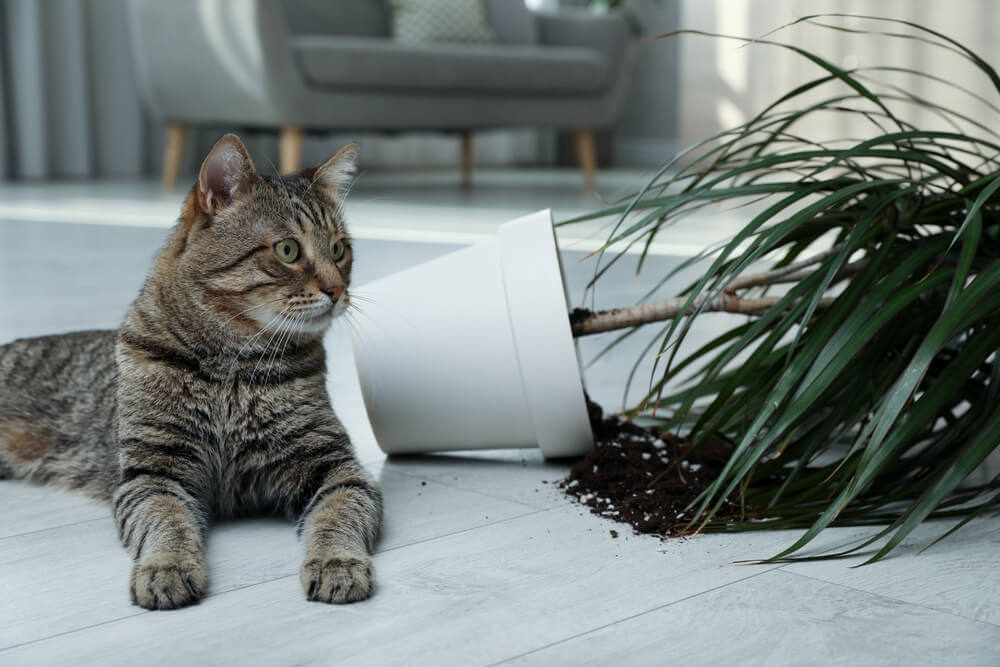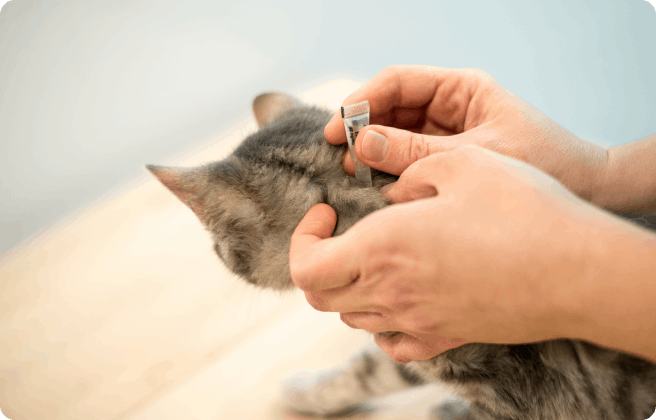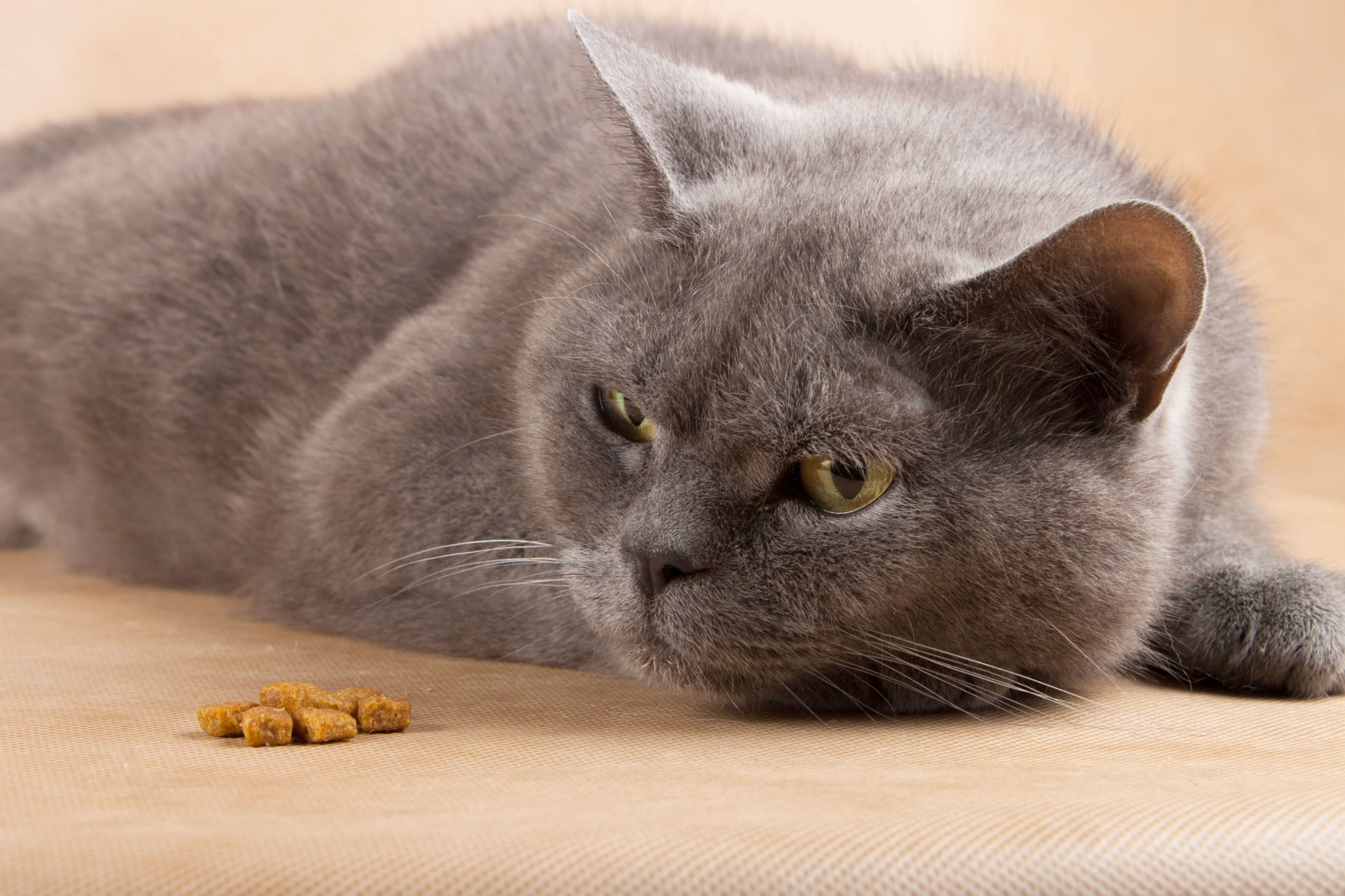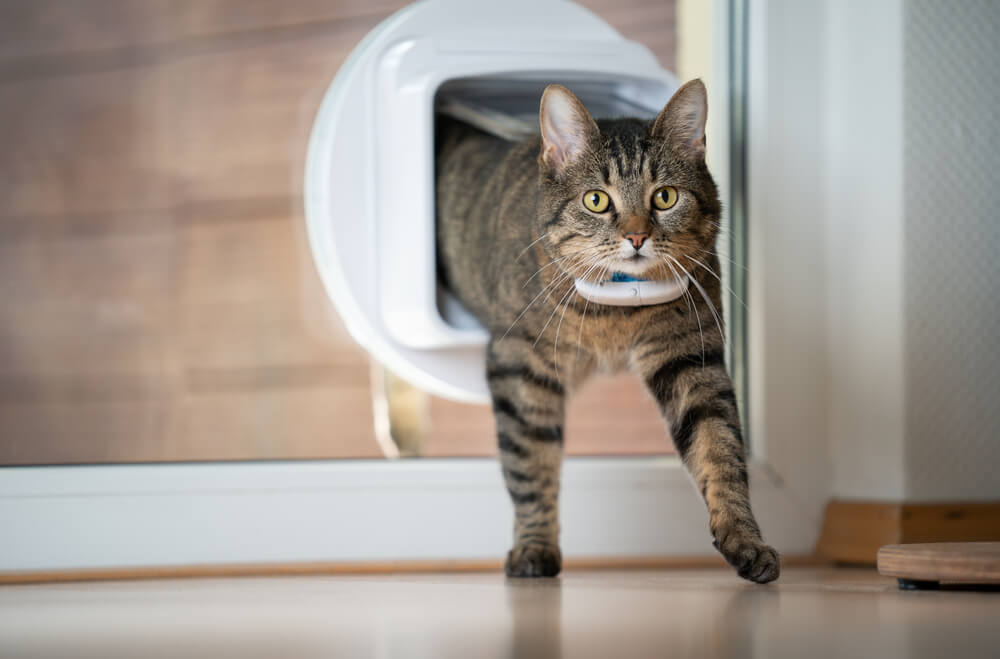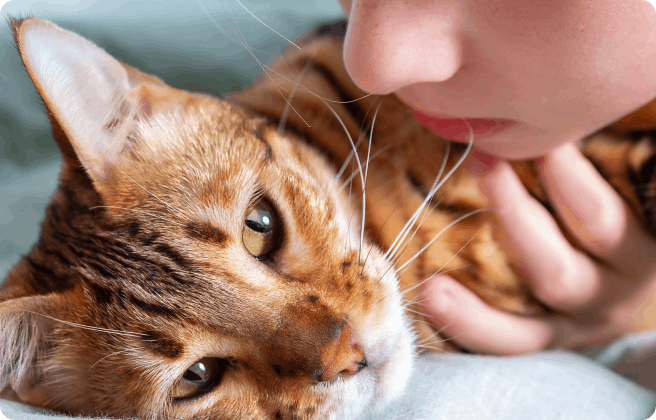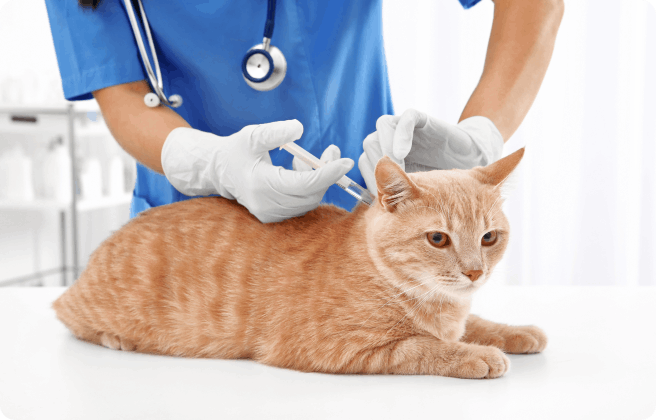
If you need to change your cat’s food or move to a new brand, you must first understand how to switch or rotate your cat’s diet.
Unlike humans who can eat different foods at every meal, the brand doesn’t usually make a huge difference. Cats, however, are a little more complex. While cats can benefit from eating different flavors, and a variety of meats, switching drastically to a new food brand could cause problems.
But, there are times when it’s necessary to switch cat food brands, and we are here to tell you when and how to change your cat’s food.
Should you feed your cat different brands of foods?
As you might expect, there isn’t an easy answer to this question. All cats are unique so whether they’d benefit from a diet of different brands or a more consistent diet hugely depends.
“Cats are notoriously hesitant of new things,” says Laura Ward, CFA’s nutritionist, this is why changing foods can be difficult and must be done gradually.
“Cats can also form an association with foods, for example, if the vet determines that your cat needs a different food for a particular condition, they won’t start the new diet in the hospital.
“This is because the cat will form an association with the food and the environment so won’t eat it going forward. They can definitely be tricky with food!”
However, sometimes it’s necessary to change your cat’s diet and switch up the brand. Ultimately, there are pros and cons of a varied diet, and what suits one cat might not be best for another.
Signs it’s time to change your cat’s food
Dull, flaky coat
One of the most visible signs that your cat’s diet might not be meeting their needs is a dull, flaky coat. A healthy cat should have a shiny, sleek coat, so if you notice dryness, dullness, or excessive shedding, it could indicate a deficiency in essential nutrients like omega-3 fatty acids.
Lethargy
If your cat is unusually lethargic and lacks energy, it could be a sign that their current diet is not providing enough nourishment to support their activity levels. Cats are naturally playful and energetic animals, so any significant decrease in activity warrants attention and a possible dietary adjustment.
Aging
As cats age, their nutritional needs evolve. Senior cats may require a diet lower in calories but higher in certain nutrients such as protein and fiber to support aging muscles and promote digestive health. If your cat is entering their senior years, it may be time to switch to a specially formulated senior cat food to address their changing nutritional requirements. The same applies to a kitten transitioning to an adult.
Digestive upset
Frequent digestive issues such as vomiting, diarrhea, or constipation can indicate that your cat’s current food does not agree with their digestive system. Food intolerances or sensitivities to certain ingredients could be the reason. Switching to a different cat food with alternative protein sources or limited ingredients may help alleviate digestive upset and promote better gastrointestinal health for your cat.
Factors to consider when feeding your cat different brands of foods
It’s important to stress that feeding your cat different cat food brands at every meal is not recommended. However, some pet parents find that a rotation diet and routinely changing cat food brands positively impact their pets.
If your cat takes well to new foods, gradually switching flavors or brands can be beneficial. This means you aren’t reliant on one cat food should it ever be discontinued or if your cat needs to change diets for a medical reason.
A More Well-Rounded Diet
While all cat food brands you purchase should be complete and balanced, each food may vary slightly in its ingredient composition. While it’s not essential to feed different brands to achieve a nutritional diet, incorporating variety can give your cat a broader spectrum of nutrients, contributing to a more well-rounded and nutritious diet.
Preventing Pickiness
As you probably know, cats can be fussy eaters. If you need to change your cat’s diet for a health reason or they suddenly go off their food, changing to a new diet might be more difficult if they have only ever had one type of food. Occasionally feeding your cat new flavors or introducing new brands can help combat picky eaters as they won’t be as stuck in their ways and will be more willing to eat something different.
Flavor Variety
Many cat food brands offer variety packs with different flavors. This can be a good way of expanding your cat’s palette without drastically changing from wet to dry or an entirely new ingredient list. Most likely, the foods are similar with a protein adjustment so they won’t cause any major upsets for your cat.
Factors to consider when changing cat food brands
Digestive system
Changing diets can cause extreme digestive upset, especially if your cat has a sensitive stomach. If this is the case, sticking to a diet that suits their digestive system is the priority. However, if you need to change your cat’s food, introduce the food slowly and carefully as recommended.
Allergies
If your cat suffers from food allergies or intolerance, you’ll need to take extra care if changing cat food brands. It’s important to thoroughly check all listed ingredients of the new brand to ensure there are no ingredients harmful to your cat. If introduced slowly and gradually, your cat will be fine on a new food. With a cat prone to allergies, it’s not advised to switch diets too often. This is because the more protein sources you add to your cat’s diet, the more difficult it can be to find a suitable food should they ever need to go onto a novel protein diet.
How often should you mix things up
Although it is possible and safe to switch your cat’s food, it’s not advised to change the brand suddenly or when the other simply runs out. Even if your cat doesn’t have a sensitive stomach, it can be difficult for their digestive tract.
“This is where changing foods within a brand can be more successful because the recipe is usually similar within a range, with the flavor variety changing,” says Laura.
“If your cat is open to trying new foods, there is no harm in rotating foods regularly — especially changing the flavor within a range. Switching between brands can be done every few months if preferred, but ensure you keep enough of the old food to make a gradual transition.
“On the other hand, if your cat is not open to trying new foods, switching foods regularly won’t be an option, says Laura. If this is the case, try incorporating various flavors into their diet through treats or food toppers.
“Therefore, if your regular food becomes unavailable, or your cat needs to switch diets for any other reason, the new flavors aren’t brand new, and hopefully, your cat will be less opposed to the change.”
We uphold the highest editorial standards when creating the authoritative content pet parents rely on and trust.
Every piece of clinical content on the Cat Food Advisor is reviewed by our certified Veterinary Advisory Board, which consists of licensed veterinarians and medically certified specialists.
Our reviews are completely independent; we are not paid by any pet food company to promote their products favorably. We do not accept money, gifts, samples or other incentives in exchange for special consideration. For more information see our Disclaimer & Disclosure page.




